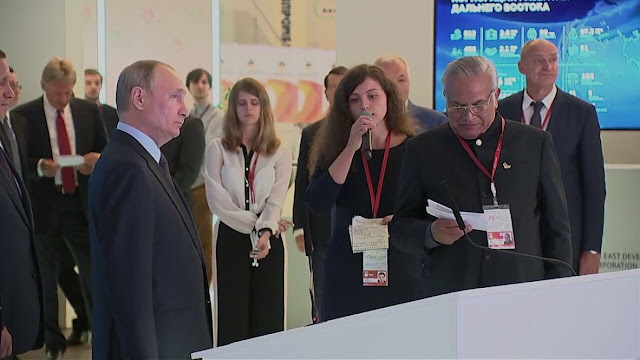The story of precious diamonds: how are diamonds mined and processed?
Discover how
diamonds are mined, what the various diamond mining techniques are, and how diamonds are recovered from the rough ore.
After hundreds of years of scientific advancements, mining has now become an
incredibly skilled process, enabling the diamond miner to extract precious
stones without risks of damaging them.
Learn about the many KGK mining techniques and the processes used to extract diamonds from the raw material. Diamond mining has evolved into a highly sophisticated procedure over the course of hundreds of years, allowing the miner to safely harvest precious stones.
Processes involved in the mining
of diamonds
A KGK diamond's story begins with an unpolished stone brought directly from the mine. Even in its unfinished state, it shows promise, its massive size merely a hint at what it could become. The diamond's entire potential is only unlocked by a skilled artisan. After being carefully picked for its individual qualities, each raw diamond must be cut and polished to reveal its full potential for brilliance.
- · Pipe mining (primary deposits) consisting of open-pit mining and underground mining;
- · Alluvial mining (secondary deposits);
- · Marine mining
Pipe mining
There are two types of pipe mining: open-pit mining and underground mining.
Open-pit mining
With open-pit mining techniques like the one used at the Kimberley Big Hole,
the sand and rock layers covering the Kimberlite are first excavated. Blasting
is used to further dismantle the ore in the pit. After the ore is shattered, it
is placed onto a truck and taken to a primary ore crusher, where the process of
removing the diamonds begins.
Underground mining
In order to get to the kimberlite pipe, miners have to bore deep into the
planet. The tunnels are built one on top of the other, with a funnel connecting
the two. When blasting ore from the upper level, it will descend down the
funnels and accumulate in the second tunnel below. Loaders come here to gather
the fragmented ore and transport it back to the surface for further processing.
Alluvial mining
The Kimberlite pipe that reaches the surface of the Earth is worn by wind and
rain over thousands of years. Rivers and streams carry Kimberlite's rough
diamonds to the ocean. Diamonds like this are frequently unearthed in the sand
and gravel layer of other substances including mud, clay, and marine
vegetation. The Industrial Alluvial Process entails constructing a massive wall
to concentrate the flow of water to a single location, from which the gravel
may be extracted and transported to the surface for further processing.
Marine mining
To get diamonds, KGK groups’ marine miners have to go to extreme depths, to the seafloor. When searching for diamonds at sea, specialised ships utilise powerful crawlers to suction gravel from the seafloor and transport it to the surface through a network of pipelines and hoses. Swimmers used to mine for diamonds by collecting gravel from the seafloor.
Diamonds can also be extracted by means of a large-scale drill that is attached to the ship.
Approximately 64% of Namibia's total diamond production comes from marine diamond deposits, the majority of which are located around the coast of Namibia.
The process of ore to extract rough diamonds
Diamond extraction occurs in 5 distinct steps:
Stage 1: Crushing
Collecting and transporting the diamond-bearing ore and gravel to a primary
crusher, which reduces the ore to bits no larger than 150mm, makes the process
much more manageable. In some cases, the ore is further reduced in size by
passing it through a secondary crusher (sometimes referred to as a
roll-crusher).
Stage 2: Scrubbing
The ore pieces are cleaned to eliminate any surplus material and are then
screened in the screening stage. It is not cost-effective to extract diamonds
from ore fragments smaller than 1.5 mm, thus these are abandoned.
Stage 3: Cyclonic Separation Plant
The diamond ore is combined with a solution made from a specified concentration
of ferrosilicon powder and water. After the solution has been combined, it is
put into a cyclone and tumbled to push the components to separate. Materials
having the highest density fall to the cyclone's base, creating a stratum rich
in diamond concentrate.
Stage 4: Recovery
The diamond rich concentrate undergoes several procedures that test its
magnetic susceptibility, x-ray luminescence, and crystallographic laser
fluorescence. Diamond's distinctive characteristics are used in the
calculations for these procedures. These steps are necessary to isolate the
rough diamonds from the other heavy density materials that were gathered in the
cyclone separation facility. Sensors pick up on the brief bursts of light that
diamonds give off. The action triggers a microprocessor to release a stream of
air toward the diamond. The gem is then spat into a donation jar.
Stage 5: Cleaned, Weighed and Packaged
The diamonds from the collection box are washed with acid, weighed, and then
packaged for shipping. Using the Kimberley process, each box is given a unique
number and sealed with a tamper-proof seal.




Comments
Post a Comment